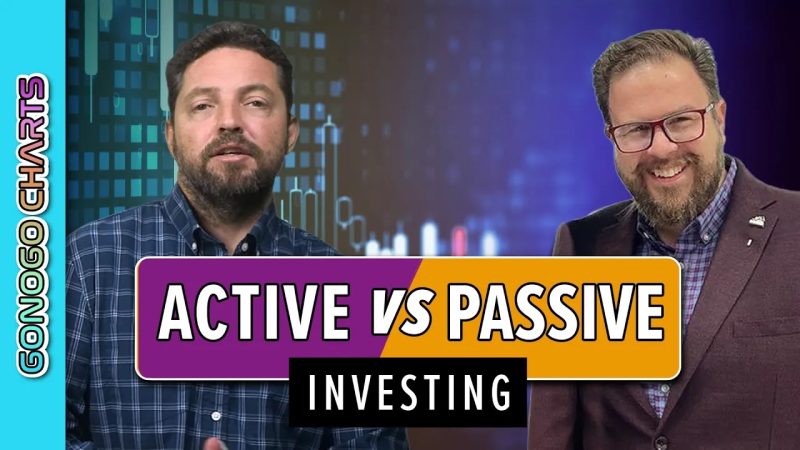
Battle of Strategies on GNG TV: Active vs Passive Investing Showdown!
Understanding the Concept of Active and Passive Investing
Active and passive investing are two distinct approaches applied in financial markets. An investor’s choice between the two strategies depends on their risk tolerance, financial goals, market knowledge, and the amount of time they are willing to commit.
In active investing, portfolio managers or investors make continuous buy and sell decisions based on analytical research, their own judgment and forecasts. The goal is to outperform specific benchmarks such as the S&P 500. This approach requires a much hands-on strategy where the investor or their portfolio manager is continually reviewing the portfolio’s performance and making requisite alterations.
On the contrary, passive investing is a strategy fashioned to maximize returns in the long run by keeping the amount of buying and selling to a minimum. It hinges on the idea that markets are generally efficient and that it’s near impossible to perpetually outperform the market. Therefore, rather than picking individual stocks or bonds, a passive investor buys a broad market index fund or exchange-traded fund (ETF) – an approach popularized by the late John Bogle in the 1970s with the advent of index mutual funds.
The Concept of GNG TV in Investing
Grind and Grow TV, popularly known as GNG TV, brings viewers timely and relevant financial news, expert advice, and information to help navigate the investing world. Uniquely, GNG TV offers obscured insights into the perennial debate on active and passive investment strategies.
In active investing, investors have the opportunity to outperform the market. This can be especially true in niche markets or sectors where the investor or their portfolio manager has a specific expertise. The continuous alterations in active investing appeal to those who prefer a hands-on investment approach. However, it’s important to note that active investing often comes with higher fees due to the increased transaction costs and the necessity for rigorous research and analysis.
Contrarily, the strength of passive investing lies in its simplicity and lower cost. Passive investors do not have to worry about constantly monitoring the market or making frequent trades. They place their trust in the overall performance of the market and typically pay lower fees as they are not paying for a manager to actively select securities.
GNG TV not only offers astute explanations of these strategies but also provides informed debate and analysis on each one’s merits and drawbacks. The information they provide helps viewers make more informed decisions about which strategy best suits their investment goals and risk tolerance.
Viewers of GNG TV interested in this marathon between active and passive investing will

